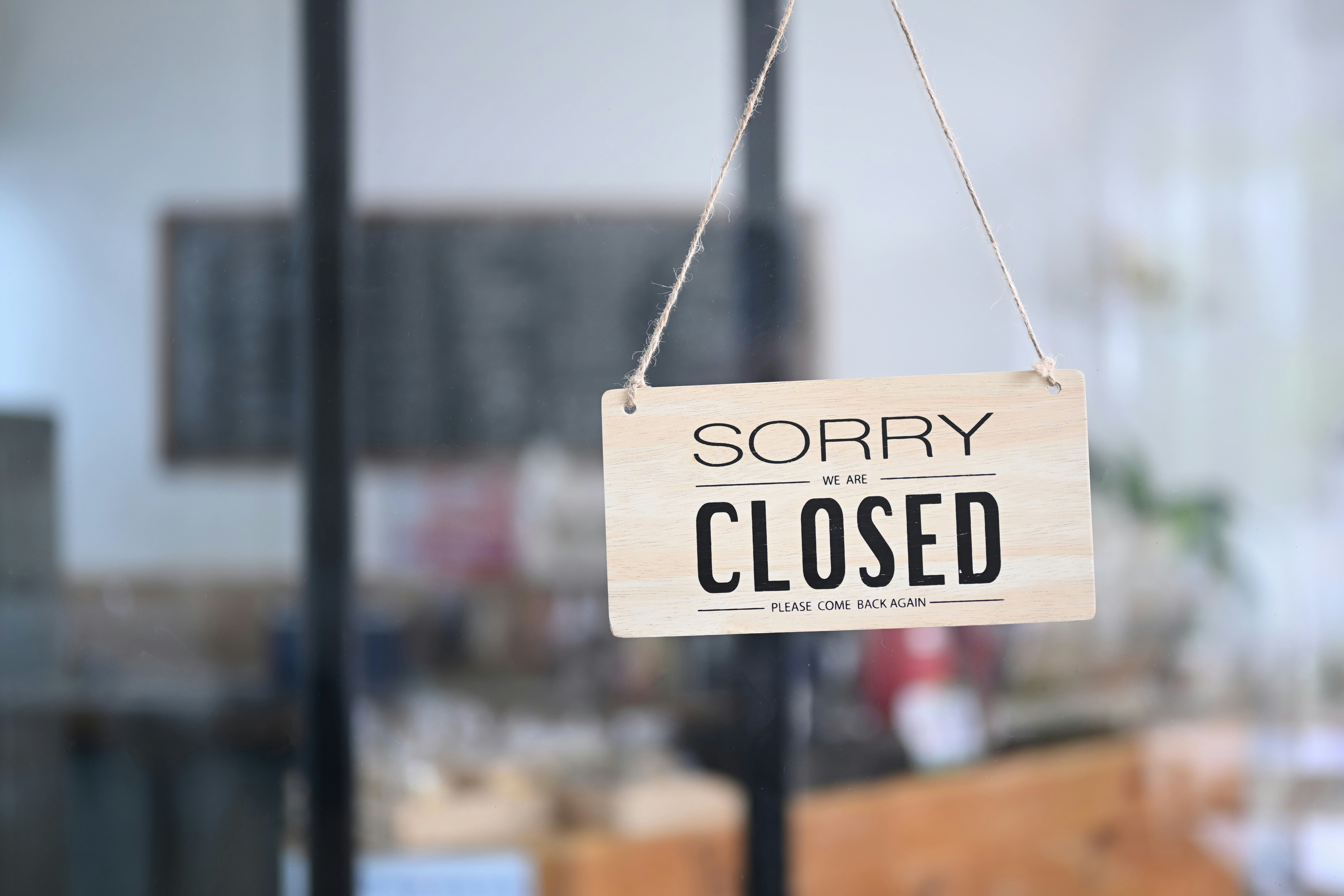
Article by Ky Swift, SATOV Consultants
US Retail is off to a shaky start in 2017. The number of major retail bankruptcies in the US is on pace to surpass the number set in the heart of the great recession. What has been garnering even more attention is that over half of those major US retail bankruptcies in 2017 were private equity owned. Some notable PE owned bankruptcies in the past few years include Sports Authority, Gymboree, BCBG MaxAzria and Payless.
Some, myself included, would argue that Private Equity firms have taken a disproportionate amount of blame in the media for their role in retail’s recent slide. To be fair, they’re an easy target. They’ve managed to post great returns despite being involved in a large number of bankruptcies and the resulting job losses. In fact, pooled gross returns for private equity investments in the retail sector have never been negative since data was collected in 1997. In 2013 and 2014 retail private equity returns were 28{a23d3e3aff46d689b50c88cc1d7606a7a28ed4b695b585c6bb0ea43784184748} and 25{a23d3e3aff46d689b50c88cc1d7606a7a28ed4b695b585c6bb0ea43784184748} return respectively.
No one can disagree that high leverage levels have accelerated retail’s decline. High leverage reduces retailers’ ability to reinvest in the brand and necessary business initiatives like Omni-channel capabilities but US retail has far more issues than private equity. The single, most important issue facing US retail today is the amount of retail capacity. The US has 6x the retail square footage per capita compared to the UK. Since 1995 US leasable retail square footage has grown by 30{a23d3e3aff46d689b50c88cc1d7606a7a28ed4b695b585c6bb0ea43784184748} while the population has grown by 14{a23d3e3aff46d689b50c88cc1d7606a7a28ed4b695b585c6bb0ea43784184748}. A smaller, compounding factor is changing consumer preferences. Showrooming and online shopping, preferences for experiences over consumerism and the declining role of the mall in social life are all leading to the decline of physical retail. Highlighting all of these shifting consumer preferences is the staggering decline of US mall traffic. From 2010-2013 mall traffic declined 50{a23d3e3aff46d689b50c88cc1d7606a7a28ed4b695b585c6bb0ea43784184748} in the US.
The headlines have been particularly hard on private equity firms for the financial engineering that they have done to maximize their returns in failing retailers – saying that it is predatory to bond holders and the retailers themselves – as increased debt levels from dividend recapitalizations or separate assets sales or spinoffs put the proverbial nail in those retailers’ coffins. Could those failing retailers have pulled off a turn-around if they didn’t pull cash and valuable assets out of the business? No one will ever know but if the private equity firm didn’t believe they could pull off a turn-around then it was their fiduciary responsibility to maximize their returns. Some retailers, like Sears, who had a loyal customer base, solid brands and an emerging eCommerce business may have had financial owners who threw in the towel too early, but we all have to recognize that the best case scenario for private equity owners is a successful retail asset that the fund could re-sell and/or take public.
We shouldn’t expect it to get better in the near term. Distressed retailers have roughly $4B in debt maturing over the next four years and the retail climate does not look set for a miraculous turnaround as consumer debt levels also continue rising. Moody’s has a number of other PE owned retailers on a watch list with a large number of upcoming debt maturities. Those retailers include J. Crew, Neiman Marcus and Claires.
However, physical retail will always have a place. Certain retail sub-sectors will thrive and even sub-sectors on the decline will have over performing retailers who figure out the right model to win in this new environment. Private equity owners too will continue to find places to play and help retail assets thrive. Stay tuned for our upcoming retail study where we will highlight where we believe those retail opportunities exist.
Third party sources:
- Forbes
- Financial Post
- Wall Street Journal
- CNBC
- Cambridge Associates
- Fortune
- Business Insider
- Cushman and Wakefield
- Retail Insider
